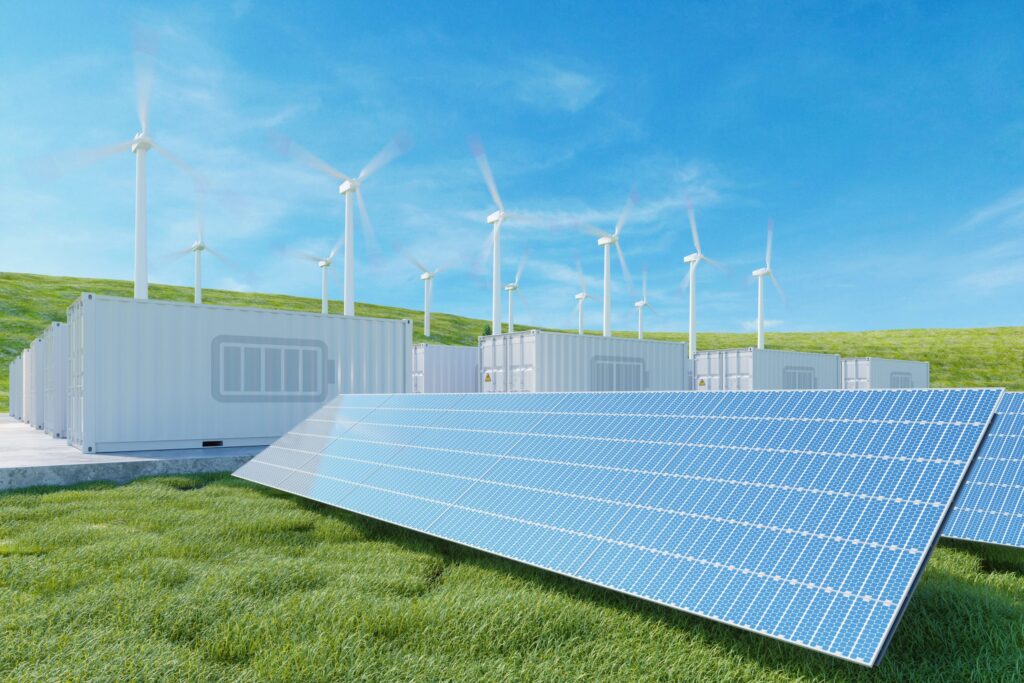Exploring Energy Storage Systems: Enhancing Sustainability and Grid Reliability
Exploring Energy Storage Systems: Enhancing Sustainability and Grid Reliability
2023-08-14
In today's rapidly evolving energy landscape, the significance of energy storage systems (ESS) cannot be overstated. As the world shifts towards cleaner and more sustainable energy sources, the intermittency and variability of renewables like solar and wind power pose unique challenges. Enter energy storage systems – innovative technologies that store surplus energy for later use, ensuring a stable and reliable energy supply. Let's dive into the world of ESS and understand how they contribute to a greener future.

Understanding Energy Storage Systems
Energy storage systems encompass a range of technologies that capture, store, and release energy as needed. Their versatile nature makes them pivotal in addressing the unpredictability of renewable sources. From batteries to flywheels, each technology has its distinct advantages, making ESS a dynamic field of innovation.
Batteries: Powerhouses of Storage
Batteries, a familiar presence in our lives through gadgets and electric vehicles, play a leading role in energy storage. They store energy chemically, allowing for efficient storage and release. With variants like lithium-ion, lead-acid, and flow batteries, these powerhouses are integral to grid-scale storage and seamlessly integrating renewables into existing energy systems.
Flywheels: Harnessing Kinetic Energy
Imagine a spinning wheel that stores energy in its motion. That's the essence of flywheel energy storage systems. These systems store energy as rotational kinetic energy, ready to be converted back to electricity when needed. Although they may not hold as much energy as other systems, their rapid response time and longevity make them ideal for specific applications.
Pumped Hydro Storage: Elevating Energy Efficiency
Pumped hydro storage utilizes the power of water to store energy. During periods of low demand, excess electricity is used to pump water to an elevated reservoir. When demand spikes, the stored water is released downhill, driving turbines and generating electricity. This method showcases the beauty of combining nature and technology to store energy efficiently.
Advantages of Energy Storage Systems
The benefits of ESS extend far beyond just storing energy. They act as stabilizers for electrical grids, balancing supply and demand to prevent disruptions. Additionally, they offer "peak shaving," a method of reducing energy consumption during peak demand hours, which can ultimately lower costs and reduce strain on the grid.
Moreover, energy storage systems seamlessly integrate renewable energy sources. They store surplus energy generated during periods of high production and release it during peak demand, ensuring a steady power supply regardless of the sun's position or wind intensity.
Looking Ahead: A Greener Tomorrow
As the world strives for a more sustainable future, energy storage systems are key enablers of this transition. They bridge the gap between intermittent renewables and consistent energy supply, shaping a grid that is reliable, flexible, and environmentally responsible.
In conclusion, energy storage systems are a beacon of hope in our pursuit of a cleaner and more stable energy landscape. From batteries to hydro storage, these technologies redefine how we capture, store, and distribute energy. Their versatile nature and substantial advantages make them instrumental in driving sustainable progress. Embracing energy storage systems today paves the way for a brighter, greener tomorrow.

